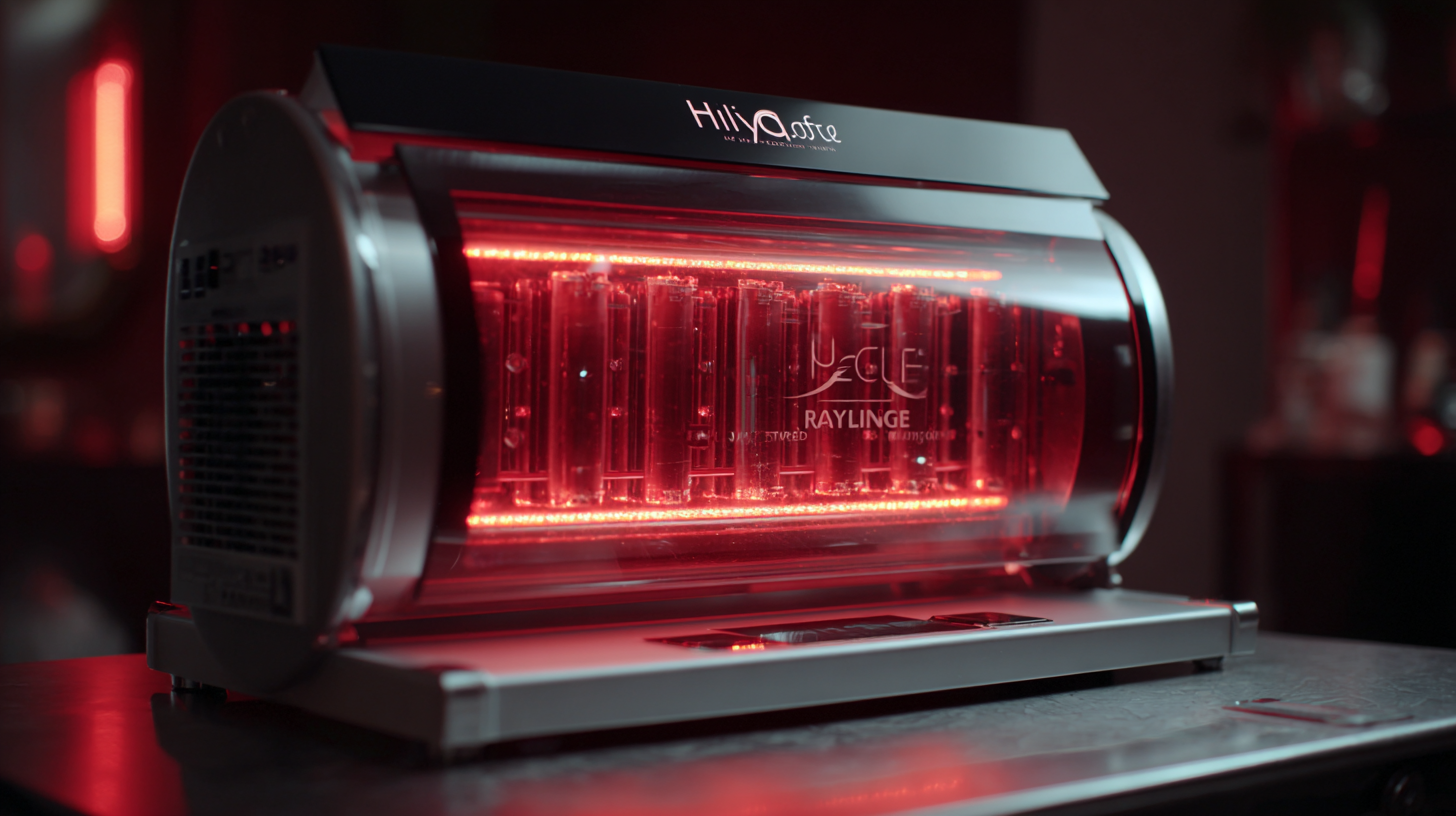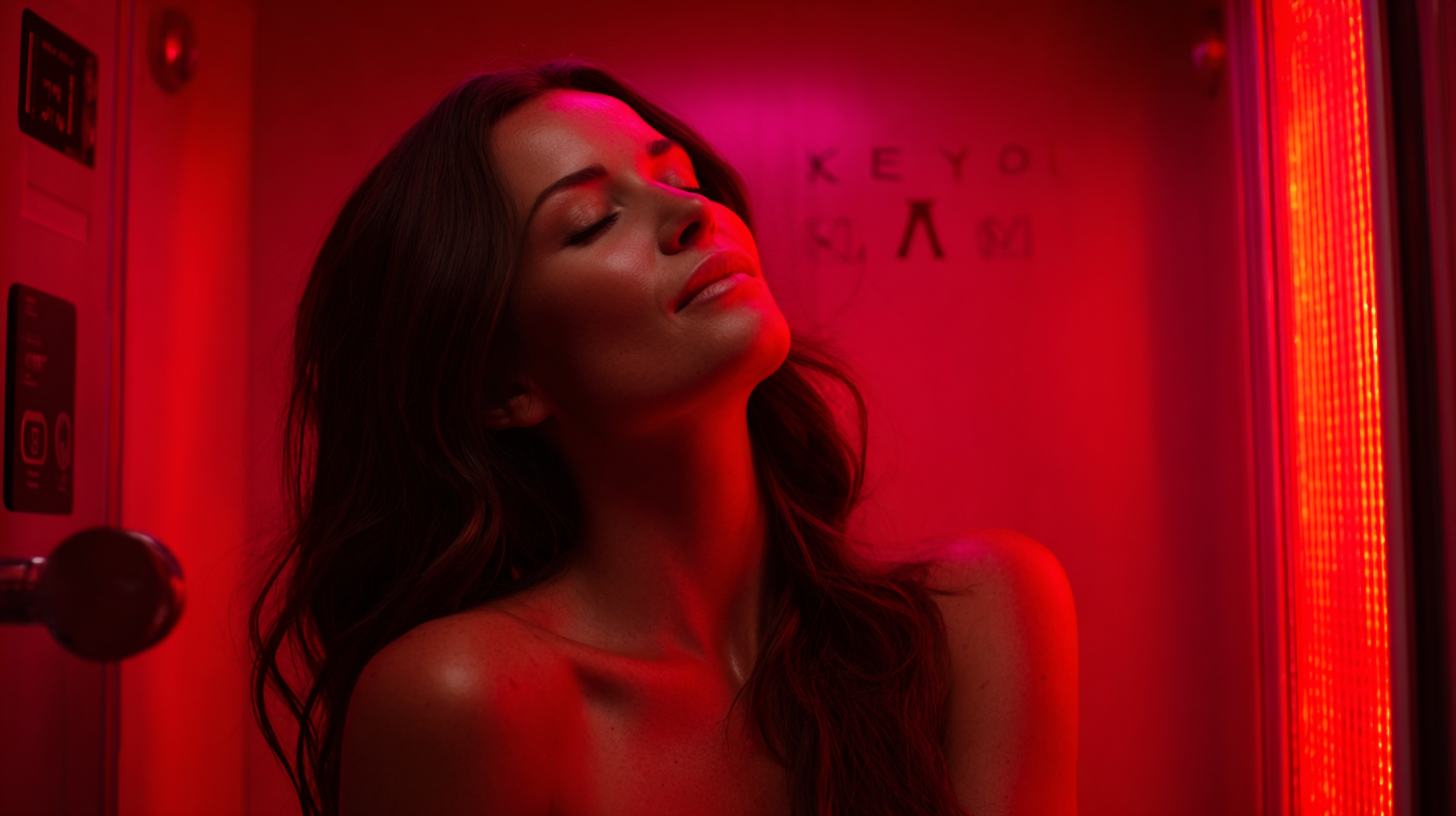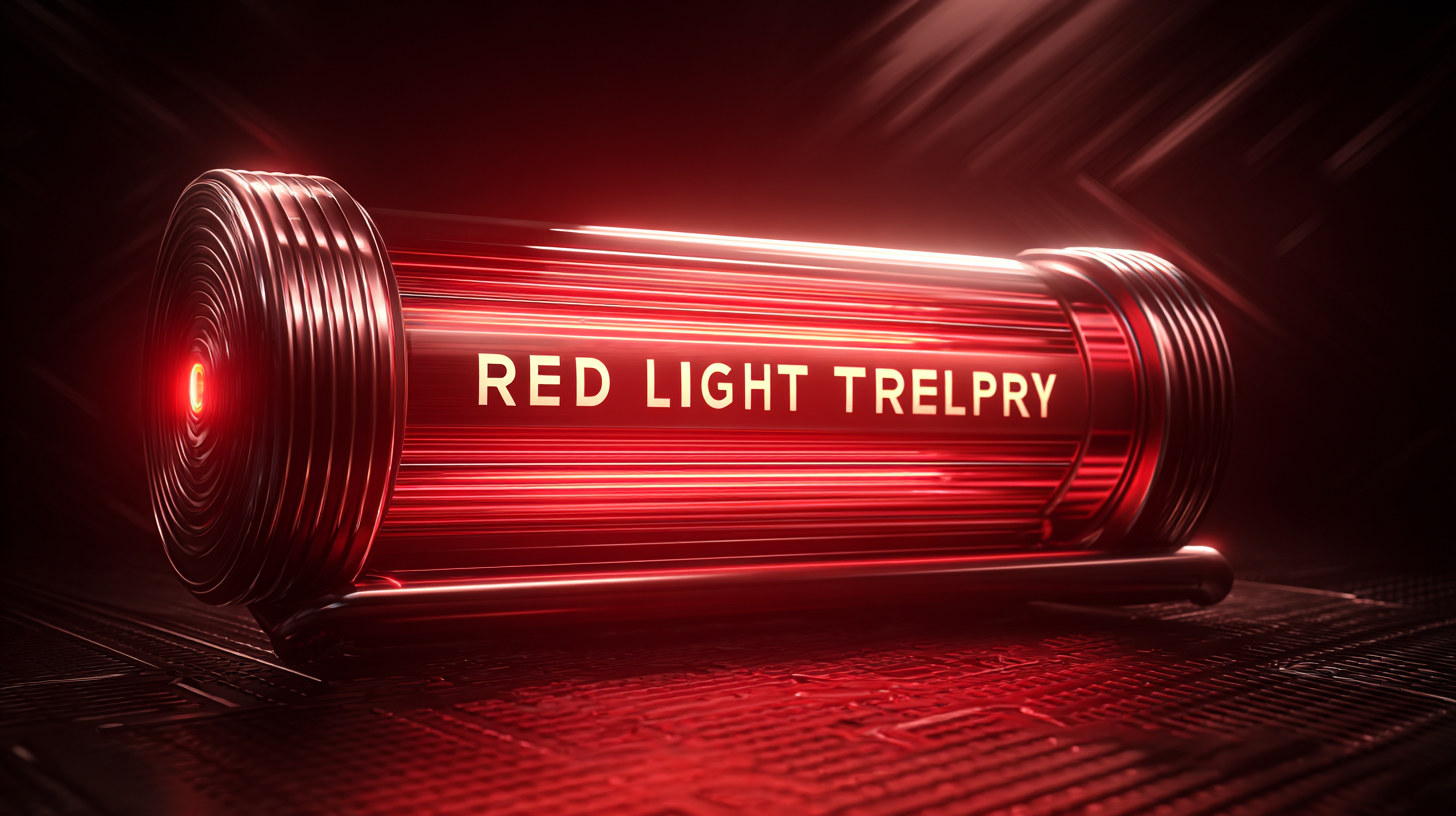12 Reasons Why Best Red Light Therapy is Revolutionizing Health and Wellness Worldwide
Red Light Therapy is rapidly gaining recognition as a transformative approach to health and wellness, with an increasing number of studies highlighting its benefits across various domains. According to a report by Global Market Insights, the global red light therapy market was valued at over $1 billion in 2020 and is projected to expand at a compound annual growth rate (CAGR) of more than 6% over the next several years. This innovative therapy harnesses specific wavelengths of light to stimulate cellular function, enhance recovery, and improve overall well-being, appealing to both healthcare professionals and consumers alike. As interest in non-invasive treatment options grows, Red Light Therapy is revolutionizing the way we approach health management, leading to an array of applications from skin rejuvenation to pain relief and beyond. With a focus on quality and cutting-edge technology, the Chinese manufacturing sector is positioned as a global leader in producing advanced Red Light Therapy devices, combining efficacy with accessibility for a worldwide audience.

Benefits of Red Light Therapy for Skin Health and Aging Reversal
Red light therapy has emerged as a groundbreaking approach in the pursuit of skin health and reversing the signs of aging. By harnessing specific wavelengths of light, this therapy stimulates cellular repair and regeneration, offering a non-invasive alternative to traditional cosmetic procedures. With the growing popularity of various anti-aging treatments, including peptide therapies and hormone treatments, individuals are increasingly looking for effective and affordable solutions. Red light therapy stands out not only for its efficacy but also for its accessibility, making it a desirable option for those seeking to enhance their skin's appearance without costly injections or products.
As Silicon Valley embraces a range of longevity-enhancing practices, from intermittent fasting to cryotherapy, red light therapy has carved out a significant niche in the wellness industry. The conversation around aging is shifting, with more emphasis on holistic treatments that empower individuals to take control of their skin health. Alongside nutritious diets filled with skin-friendly foods, red light therapy is part of a broader movement towards natural and sustainable wellness solutions. By integrating this innovative therapy into daily routines, people are not just seeking to look younger; they are investing in long-term skin vitality and overall well-being.
How Red Light Therapy Enhances Athletic Performance and Recovery
Red light therapy (RLT) is quickly becoming a game-changer for athletes seeking to enhance performance and expedite recovery. By penetrating the skin, red light stimulates cellular function and boosts mitochondrial activity, leading to improved energy production within muscles. This natural process can significantly reduce fatigue, allowing athletes to train harder and longer without the typical wear and tear.
To make the most of red light therapy, it's essential to establish a consistent routine. Incorporating RLT sessions before and after workouts can maximize its benefits. For pre-exercise use, aim for a 10-15 minute session to energize your muscles, while post-exercise sessions can aid in quicker recovery by reducing inflammation and muscle soreness. Reviewing the optimal wavelengths of light exposure—typically in the 600-800 nm range—can further enhance treatment effectiveness.
Another tip for athletes is to stay mindful of hydration and nutrition alongside RLT. Ensuring adequate water intake and a balanced diet rich in antioxidants can complement the therapy by promoting overall cellular health. This synergistic approach not only elevates athletic performance but also fosters a quicker return to peak condition after physically demanding activities.
The Role of Red Light Therapy in Reducing Pain and Inflammation
Red light therapy (RLT) is gaining prominence as a
revolutionary approach to health and wellness, particularly in its effectiveness for reducing
pain and inflammation. Recent reports highlighting cases of acute iritis, a painful
eye condition characterized by redness, sensitivity to light, and tearing, stress the importance of managing inflammation and pain effectively.
RLT has been shown to penetrate the skin and stimulate cellular repair, potentially offering relief for those suffering from inflammation-related conditions.
One effective way to incorporate RLT into your wellness routine is by focusing on
areas of discomfort. For example, individuals experiencing joint pain or muscle soreness can
target these areas with red light therapy sessions to promote healing and reduce inflammation. Additionally, consider a consistent practice
of mindfulness or relaxation techniques alongside RLT, as stress can exacerbate pain and inflammation.
As you explore RLT, remember to consult with a healthcare professional to ensure it aligns with your specific health needs.
Keeping a journal to track your responses to therapy can also provide valuable insights into its effectiveness for you.
By combining RLT with a holistic approach to health,
you can enhance your overall wellbeing and quality of life.
Exploring Red Light Therapy's Impact on Mental Health and Mood
Red light therapy (RLT) has gained considerable attention in recent years, particularly for its potential benefits on mental health and mood regulation. Research indicates that exposure to specific wavelengths of red and near-infrared light can stimulate mitochondrial activity within cells, leading to enhanced energy production. A study published in the "Journal of Affective Disorders" reported that patients experiencing depression exhibited significant improvements in mood after consistent RLT sessions, suggesting a promising non-invasive treatment for mood disorders.
Moreover, a meta-analysis conducted by the "International Journal of Environmental Research and Public Health" found that RLT can help reduce anxiety levels and improve overall psychological well-being. Participants who engaged in RLT reported lower levels of stress and an increase in feelings of relaxation and happiness. This therapy may work by regulating the release of serotonin and endorphins, crucial neurotransmitters responsible for mood stabilization. As mental health continues to be a pressing issue globally, the incorporation of RLT into wellness regimes offers a beacon of hope for those seeking alternative therapies and support in managing mental health challenges.
Impact of Red Light Therapy on Mental Health and Mood
Understanding the Science Behind Red Light Therapy and Its Effectiveness
Red light therapy (RLT) is gaining traction in health and wellness circles, backed by an increasing body of scientific research. A systematic review published in the Journal of Photomedicine and Laser Surgery found that RLT can significantly promote wound healing and tissue repair, with improvements observed in conditions like acne, psoriasis, and chronic pain. The mechanism behind its effectiveness lies in the ability of red and near-infrared light to penetrate the skin and stimulate cellular processes. This action enhances mitochondrial function, leading to increased ATP (adenosine triphosphate) production—an essential energy currency in our bodies.
For those looking to incorporate RLT into their wellness routine, it’s essential to choose the right device. Look for units that emit wavelengths between 600-1000 nanometers, as these have been shown to offer therapeutic benefits. Additionally, treatment sessions of 10-20 minutes, 3-5 times a week can yield optimal results.
Moreover, the science doesn’t stop at skin benefits; research published by the National Institutes of Health suggests that RLT may improve muscle recovery and reduce inflammation. This effect is particularly beneficial for athletes and those engaging in regular physical activity. For best practices, aim to perform your sessions in a quiet, comfortable space, ensuring that no other environmental light interferes with your treatment, enhancing the overall effectiveness of RLT.







